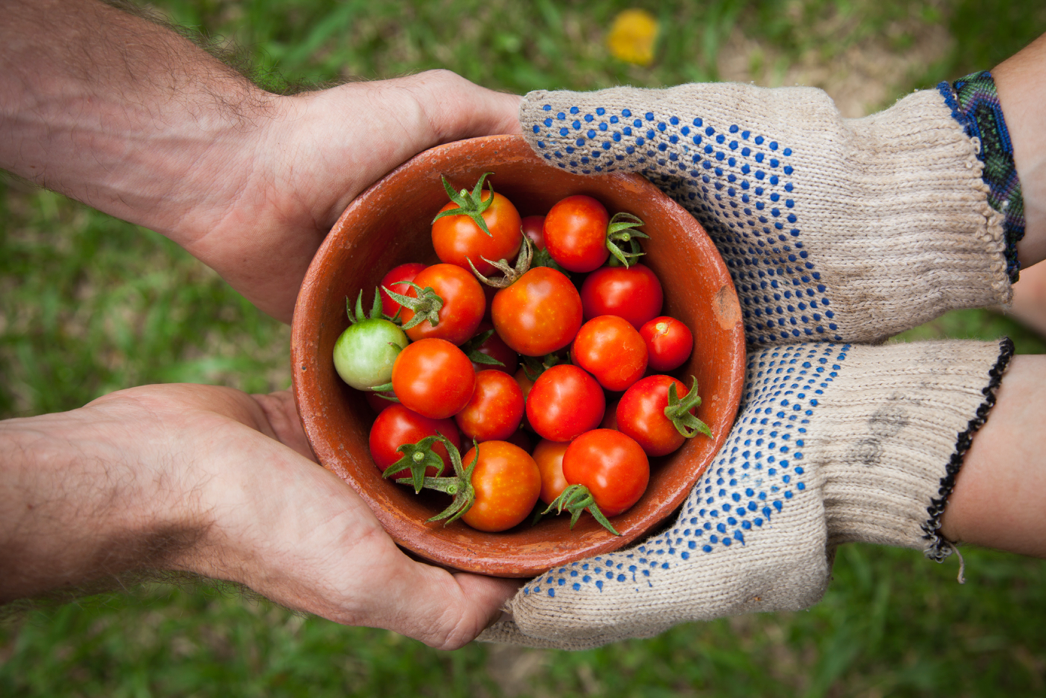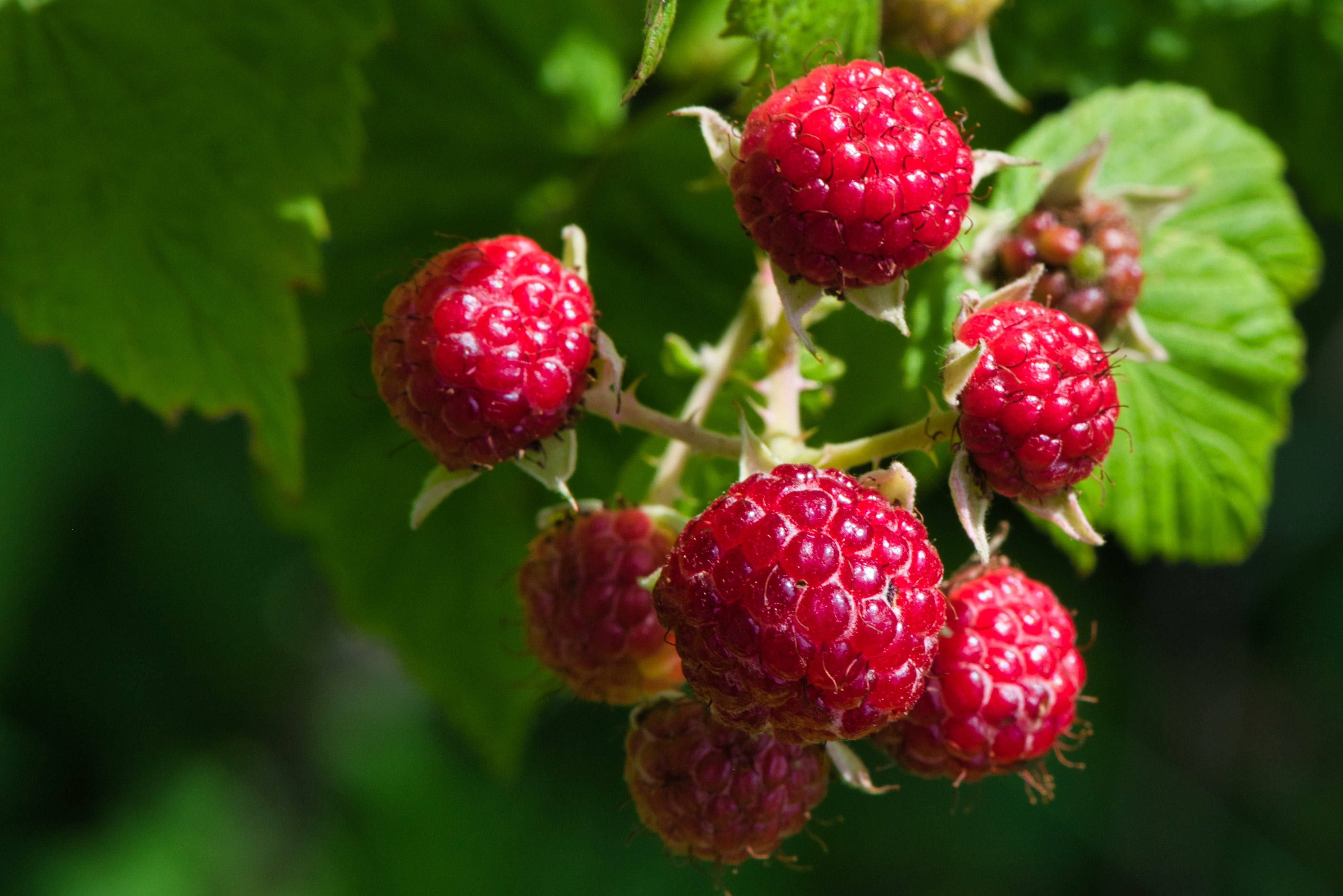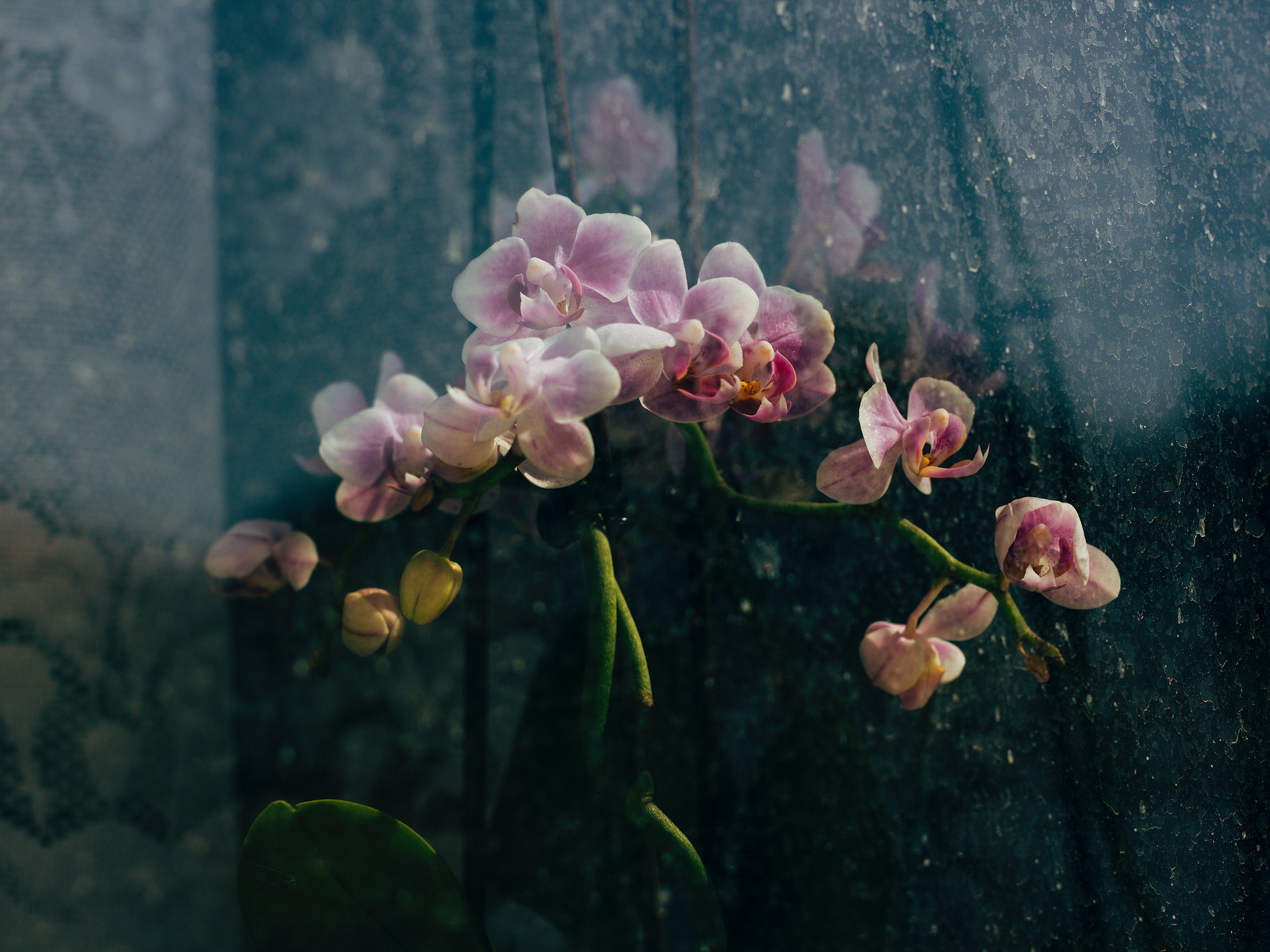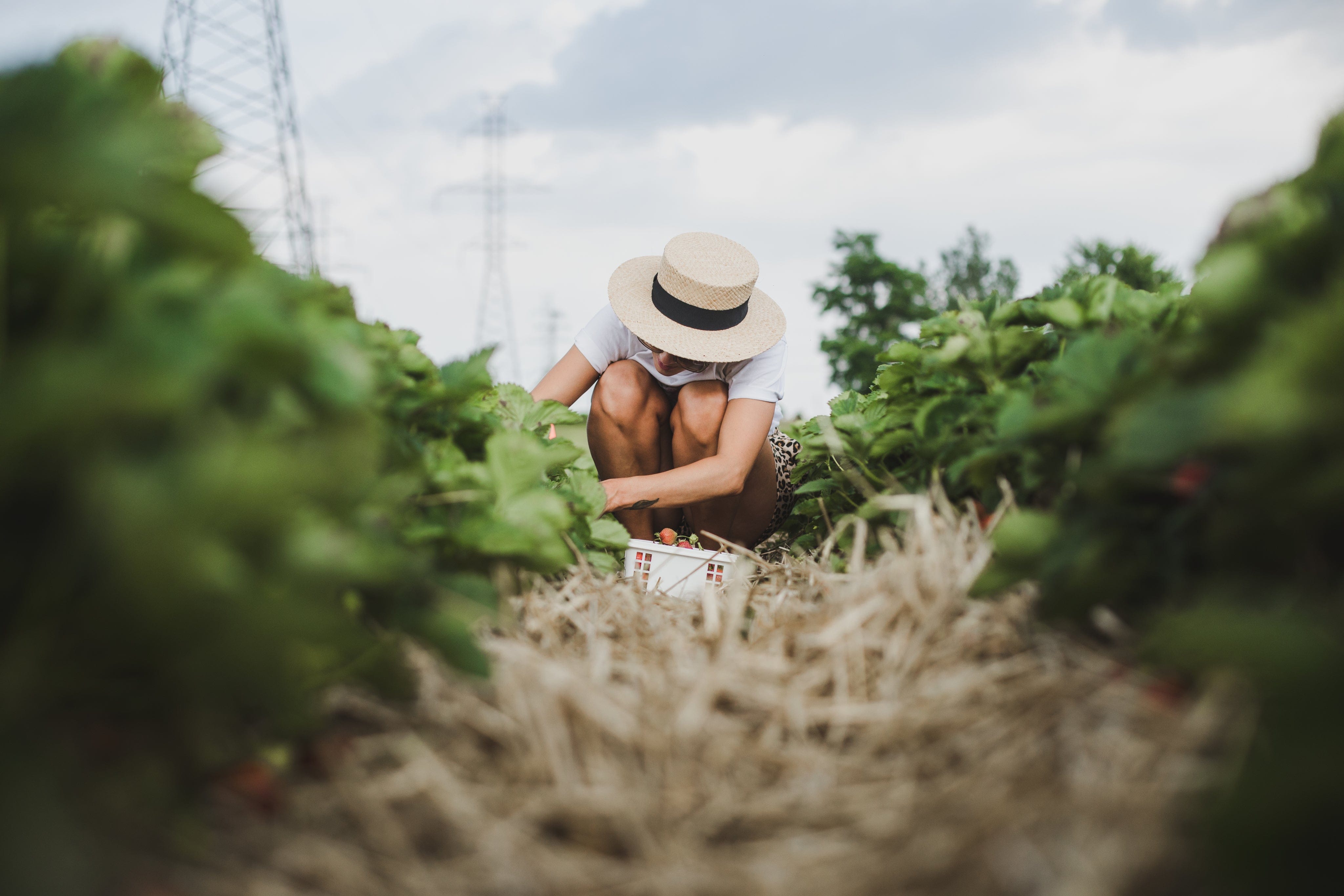
Quick Guide: Growing Vegetables In Containers
Everyone has a right to experience the joy of growing. One of the easiest ways to enter the gardening world is to grow vegetables in containers.
In this article, we'll share some quick tips to help you have success in container vegetable gardening.
Plan And Prepare
If you're ready to plant now, understand your growing options. Consider the current weather and forecasts for the next few weeks and months.
How many days until the first or last frost? How long does it take for your plant to bear fruit? Each plant has its program to grow and bear fruit. Understanding this facility's program will set you up for success.
Choose Your Container
Follow these tips when choosing your container for the best gardening results.
Type Matters
The first thing to deal with is the type of your container. There are several options:
Grow Bags
In our experience, the grow bag is the most successful container. The grow bag is made of microfiber, which provides optimum airflow for your roots. They're designed to ensure you don't over-water your plants, and they come in all sizes. They are light and easily shaded by the sun.
Hanging baskets
Hanging baskets allow you to harvest without taking up any space, so they're perfect for fast-growing plants like herbs and leafy greens. Many hanging baskets come with an insert – our favourite addition is made from cocoa.
Plastic Pots
Plastic pots are very durable and lightweight. Also coming in a wide range of different sizes and shapes making it easy to find the right pot for your type of vegetable.
Size Is Key
Larger is generally better for container gardening—especially for beginner gardeners- because you won't need water as often.
However, each type of plant requires something different. Short-rooted plants like herbs and leafy greens don't need depth like tomatoes, eggplant, okra, or peppers do.
For example, vine plants like standard-size tomatoes and cucumbers do best in containers 20 inches in diameter or larger; peppers need a pot at least 16 inches in diameter.
Most vegetable plants will show growth in a 5-gallon pot, but be sure to adjust your special plant's needs to the depth of your pots.
Pick Your Soil
An essential part of a successful container vegetable garden is the right soil mix. Matching plant needs with the right soil may seem daunting, but it doesn't have to be.
Re-growing vegetables in containers; do not use garden soil. Use organic potting mixes for best results.
Organic soil will give your plants a better flavour, and a soilless mix is important to retain moisture.
Read this article for more info: Preparing soil for vegetables
Evaluate The Environment
Consider your climate and then choose a spot where your plant can live accordingly.
Wind can be particularly problematic depending on the growing season. Choose a sheltered location where the wind cannot beat or dry out your plants. Use a building's shelter or create a temporary fabric windbreak.
If you're having trouble getting plants in the sun, make sure smaller plants are visible! In any case, harvesting plants helps increase moisture levels, thus keeping plants more productive.
Sunlight
Most plants demand at least 6 hours of full sun, but everyone has different needs. Lettuce leaves and herbs can survive with less sunlight, while tomatoes and peppers need as much sun as possible.
Proper watering is essential to ensure your plants have a healthy growing season. Most people worry about overwatering their plants, but in reality, overwatering your plants is common.
Find out your plant's needs, how your container holds water, and the weather. Plants have different moisture requirements, but every plant needs well-drained soil.
Food or Fertilizer
Nutrition for your plants is as important to their survival as water. Your plants grow using the energy from the sun and the nutrients they find in the soil. Plants in the wild send out "root scouts" to seek food, while plants in containers cannot. Regular fertilization tailored to your plant's needs is the key to success.
Liquid fertilizers combined with slow-release fertilizers will help your plants grow and produce a yield you love. You can feed your plants from their roots or leaves. If liquid food is used, mix it with warm water and spray directly on the leaves.
Be careful not to over-fertilize! The result is an overgrown plant that matures too quickly, becomes soft, and loses its flavour.
Find more info here: Fertilizers: what you need to know
Give us a shout if you have nay questions




Leave a comment
This site is protected by hCaptcha and the hCaptcha Privacy Policy and Terms of Service apply.